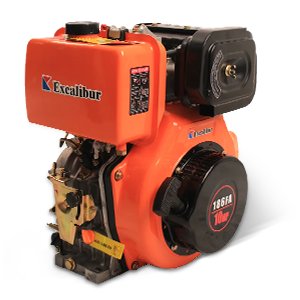Mini Road Roller Supplier
We offer a wide range of compact, efficient, and durable compaction solutions, including handheld and ride-on models, single drum and tandem rollers.
Ideal for driveways, sidewalks, trenches, and patchwork, our small road roller machines deliver smooth performance in tight spaces and versatile job sites.
- 15-20kn Exciting Force
- Walking and Ride-on Optional
- Single and Tandem Drum Models
- Suitable for All Terrain Types
By Drum Quantity
We offer single or tandem drum rollers for soil or asphalt compaction, ideal for diverse terrains and varied construction site requirements.
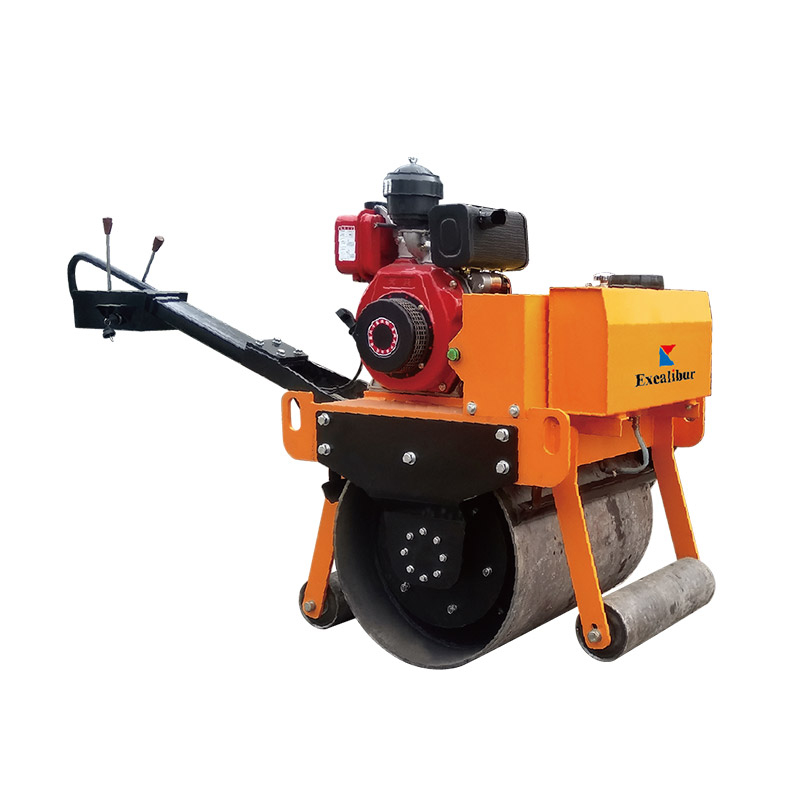
Single Drum
- One front drum, rear pneumatic or dual wheels.
- Drum sizes range from 400 mm to 600mm in diameter.
- Best for compacting soil, gravel, and base layers.
- Suitable for coarse, uneven terrain and road base preparation.
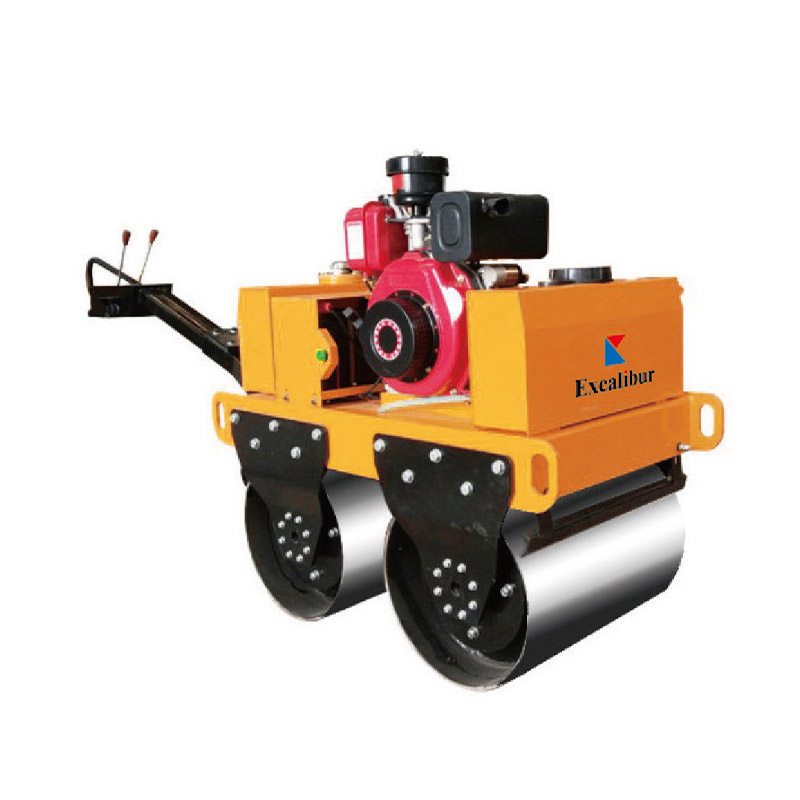
Tandem Roller
- Equipped with two drums (front and rear) of equal or similar size.
- Drum sizes usually range from 300 mm to 600 mm in diameter.
- Slightly smaller drums allow for higher maneuverability and surface finishing.
- Ideal for smooth finish for asphalt roads, pavements, and lots.
By Power System
Our small road rollers offer diesel, gasoline, or hydraulic drive modes for efficient, powerful, and precise compaction across diverse construction applications.
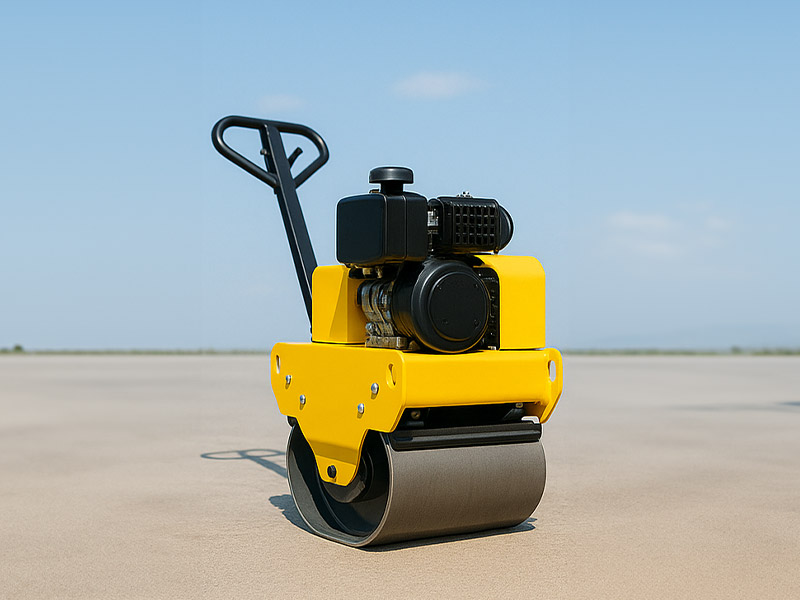
Diesel Engine
- Single-cylinder, vertical four-stroke diesel engine with air-cooled injection.
- High torque, lower operating cost per hour, suitable for heavy-duty compaction.
- Large construction sites, roadbeds, foundation work.
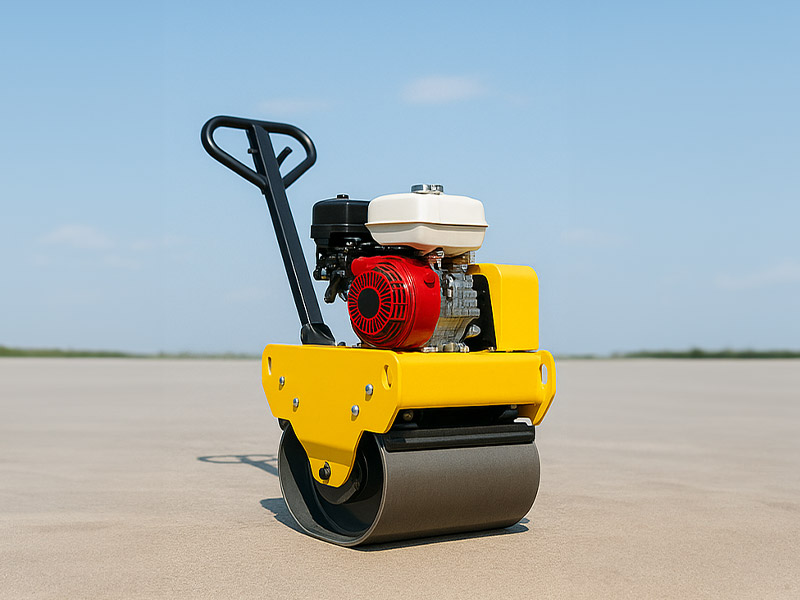
Gasoline Engine
- Single-cylinder, vertical four-stroke gasoline engine with overhead valves.
- Quieter, cheaper initial cost, easy startup.
- Perfect for small-scale projects, sidewalks, landscaping, repair jobs.
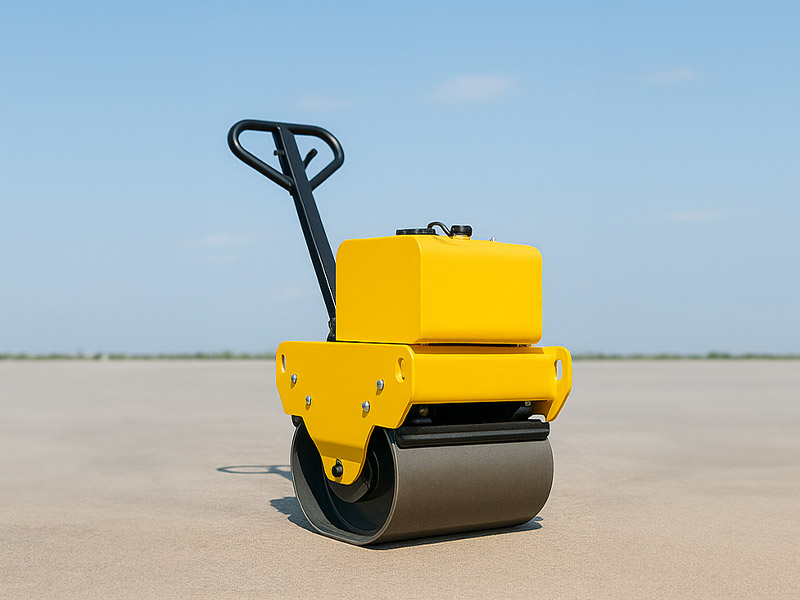
Hydraulic Motor
- Powered by hydraulic motors controlled via hydraulic circuits.
- Driven by a diesel or petrol engine but relies on hydraulic transmission.
- High control accuracy, smooth reversing, less mechanical wear.
- Precise, variable-speed operations—urban compaction, slope work.
By Operating Method
We offer walk-behind and ride-on road rollers with manual or seated operation, ideal for small spaces or large-scale compaction projects.
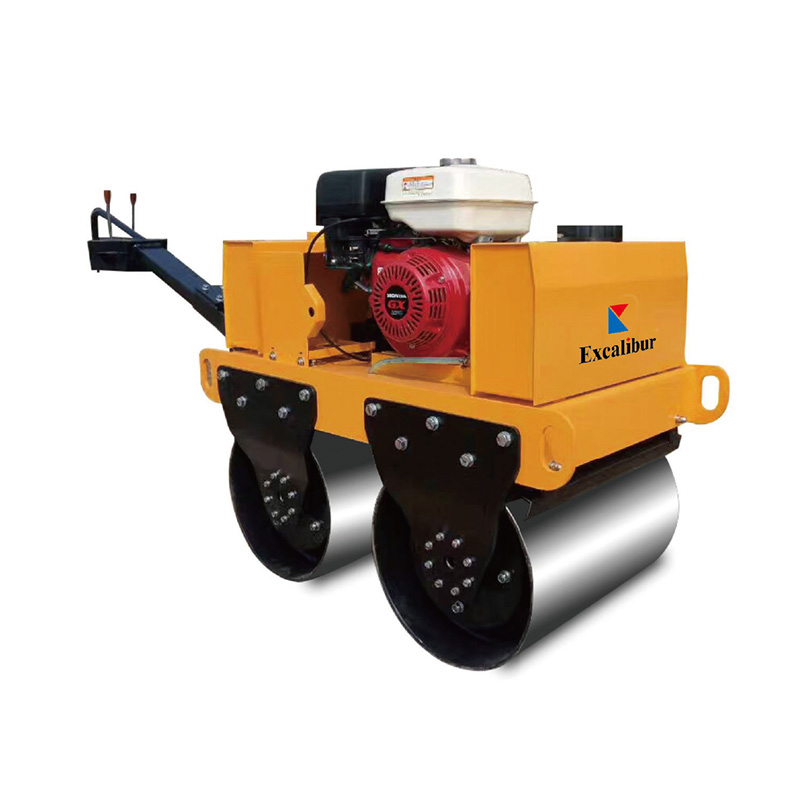
Hand Road Roller
- Operator walks and guides the roller using handle controls.
- Compact, affordable, lightweight, and easy to transport and store.
- High mobility, ideal for tight spaces and narrow pathways.
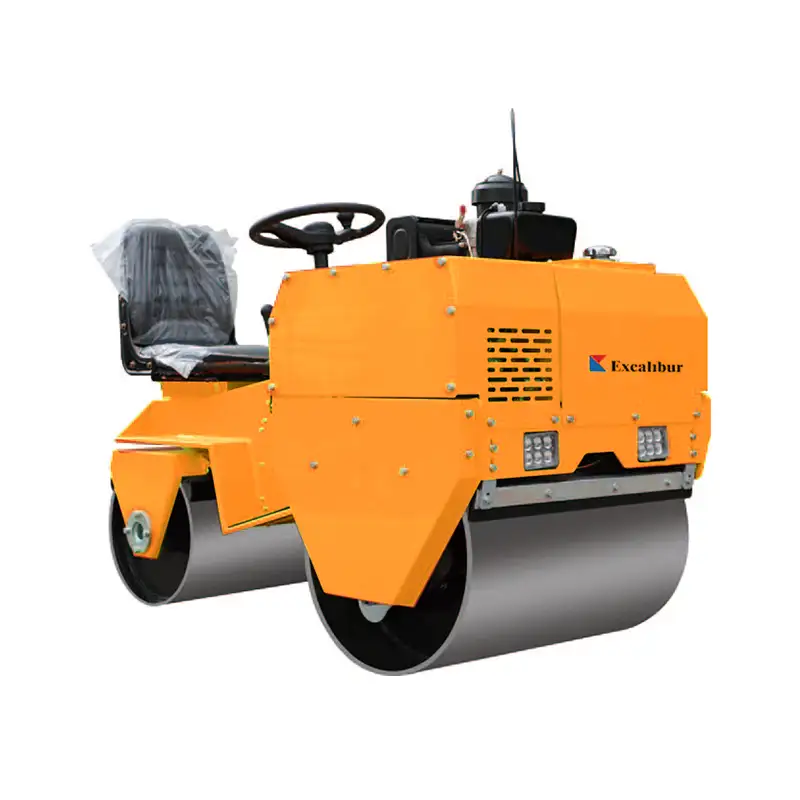
Ride on Road Roller
- Operator-driven with wheel or lever controls, includes pedals.
- Higher productivity, less physical strain, better weight distribution.
- Suitable for large areas like roads, highways, and larger construction sites.
What Materials Can Our Rollers Compact?
Suitable for compacting asphalt, gravel, and concrete with precision—ensures dense, stable surfaces for roads, pathways, and heavy-duty construction zones.
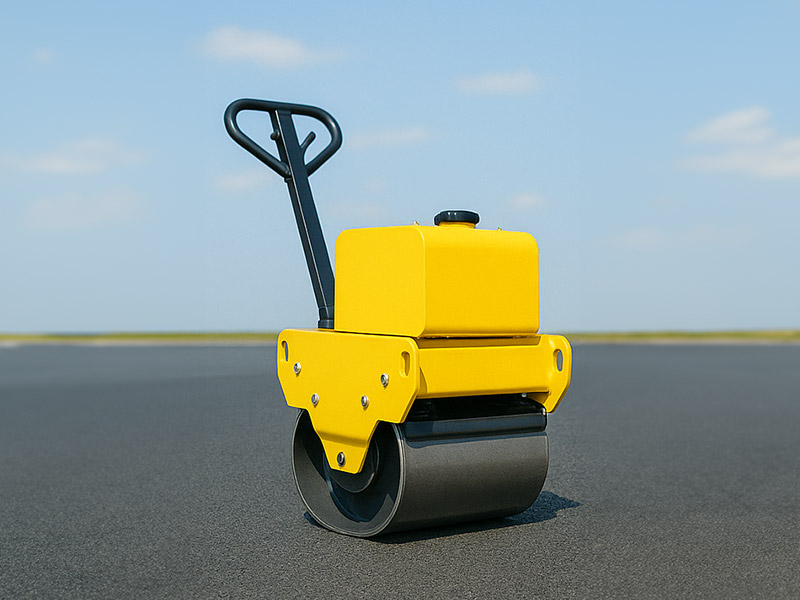
Asphalt
- Hot, semi-viscous mix of bitumen and aggregates.
- Temperature-sensitive; must be compacted while hot.
- Ideal for roads, highways, parking lots.
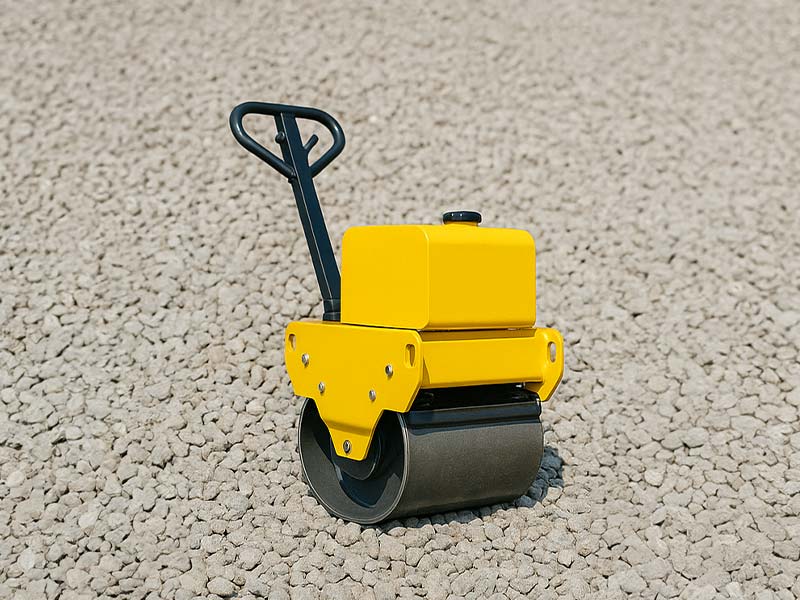
Gravel
- Loose, granular stones (varies in size and shape).
- Needs moisture and layered compaction for stability.
- Ideal for driveways, road bases, pathways.
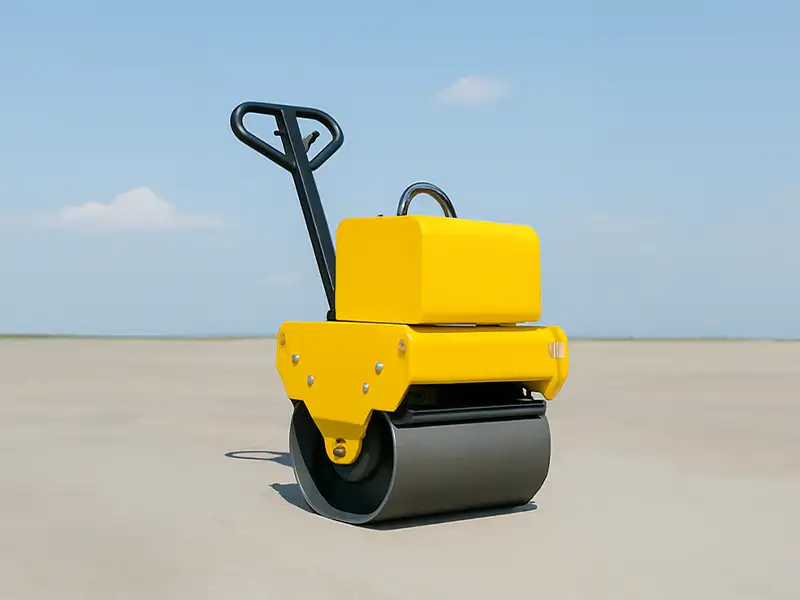
Concrete
- Dry, zero-slump concrete mix placed without forms.
- Requires immediate, heavy rolling to remove voids.
- Ideal for dams, industrial yards, military roads.
Featured Products

SVR600H/SVR600D Walk behind Road Roller
- Engine Model: Gasoline/Diesel
- Rotating Speed: 3600rpm
- Exciting Force: 15kn
- Start Up: Hand recoil/Electric start
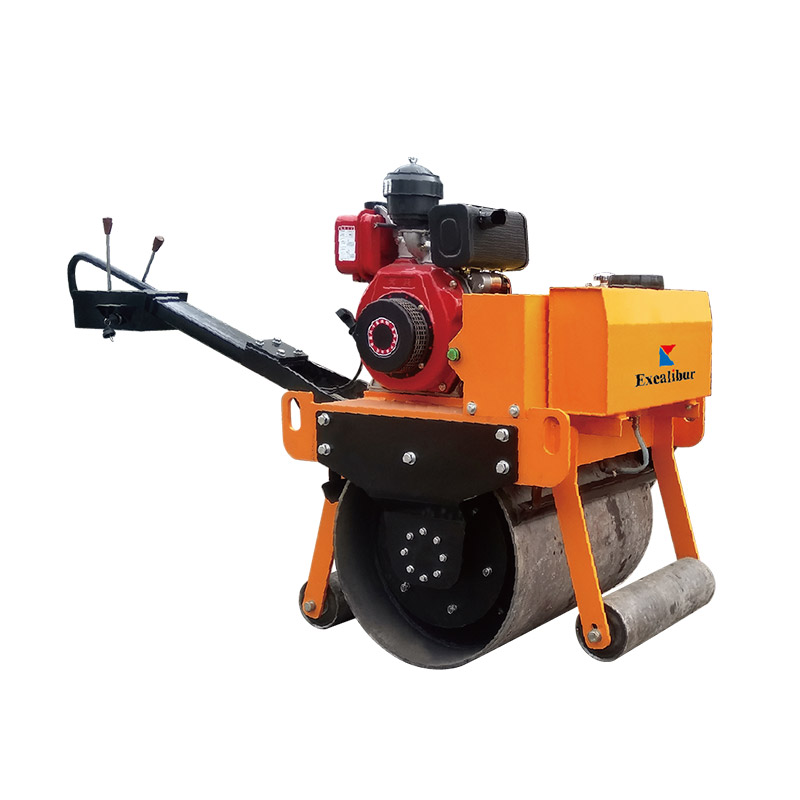
SVR700H/SVR700D Walk behind Road Roller
- Engine Model: Gasoline/Diesel
- Vibration Frequency: 70hz
- Exciting Force: 20kn
- Start Up: Hand recoil/Electric start
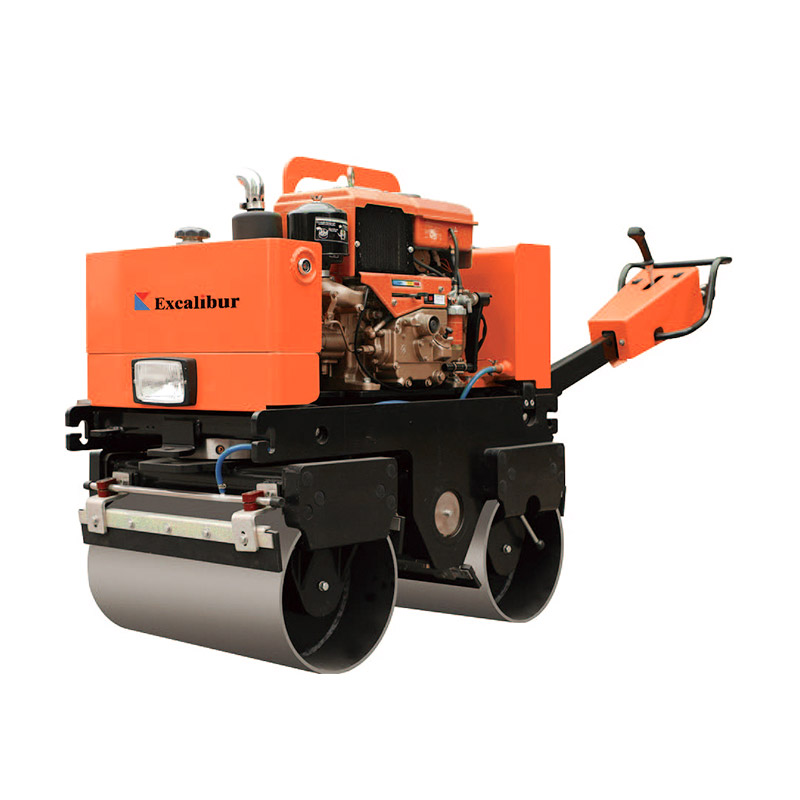
SHR-800/SHR-800C Hydraulic Road Roller
- Walk Speed: 0-4km/h
- Drive Type: Hydraulic transmission
- Vibration Type: Electromagnetic clutch
- Exciting Force: 20kn
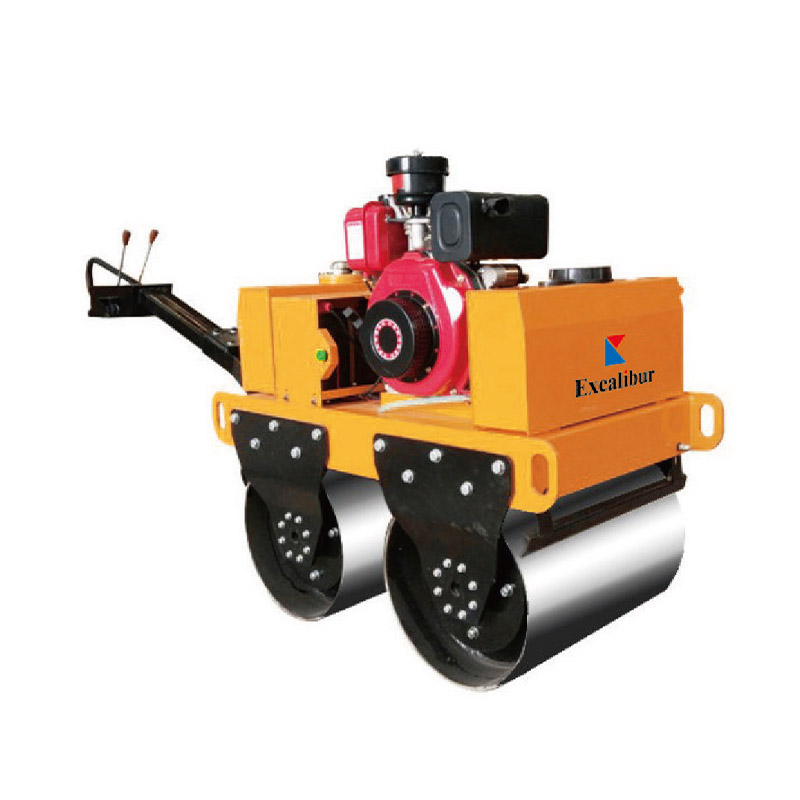
DVR600H/600D Walk Behind Road Roller
- Engine Model: Gasoline/Diesel
- Rotating Speed: 3600rpm
- Exciting Force: 20kn
- Start Up: Hand recoil/Electric start
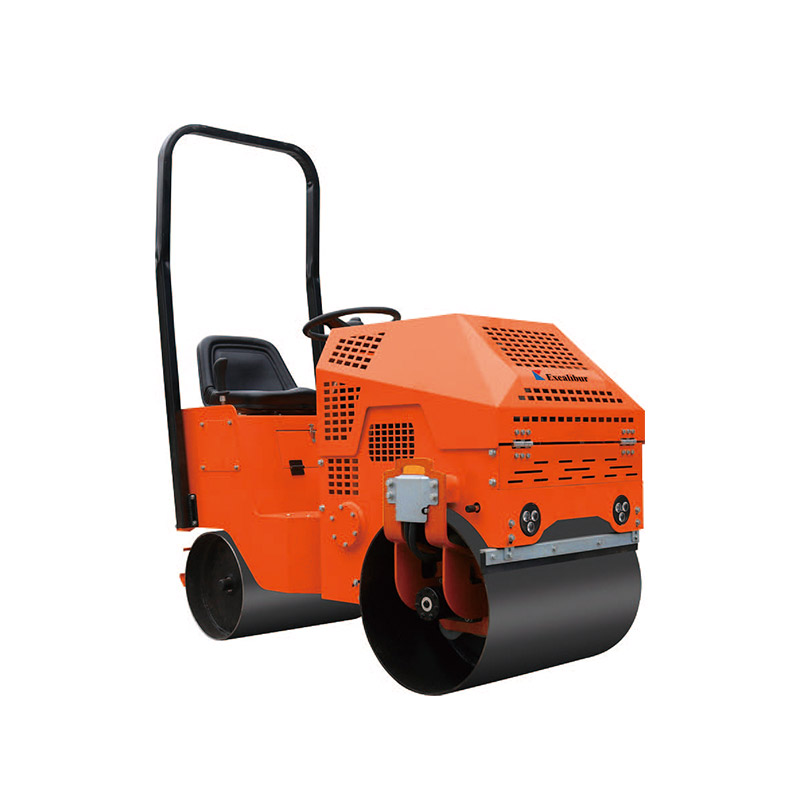
SHR 860/855 Ride-on Road Roller
- Walk Speed: 0-5km/h
- Drive Type: Full Hydrostatic Drive
- Exciting Force: 20kn
- Start Up: Hand/Electric
Applications
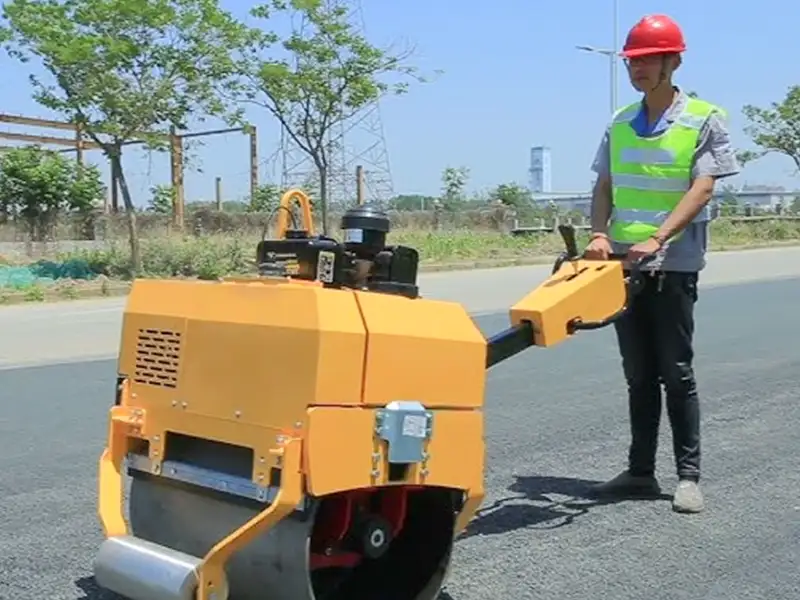
Road Construction
- Highways, Streets, Expressways
- Compact subgrade, base layers, and asphalt surfaces
- Improve road durability and prevent surface deformation
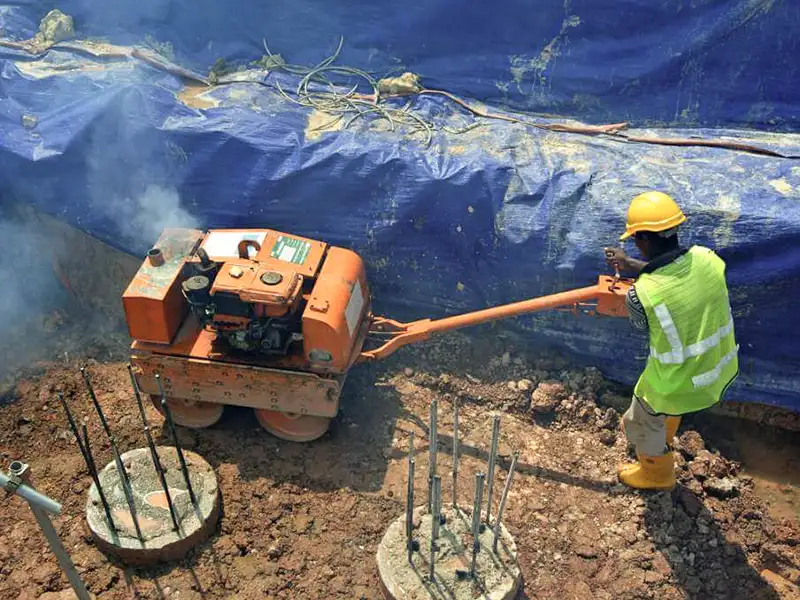
Building Foundations
- Compact soil and base layers before pouring concrete
- Prevent settling and structural instability
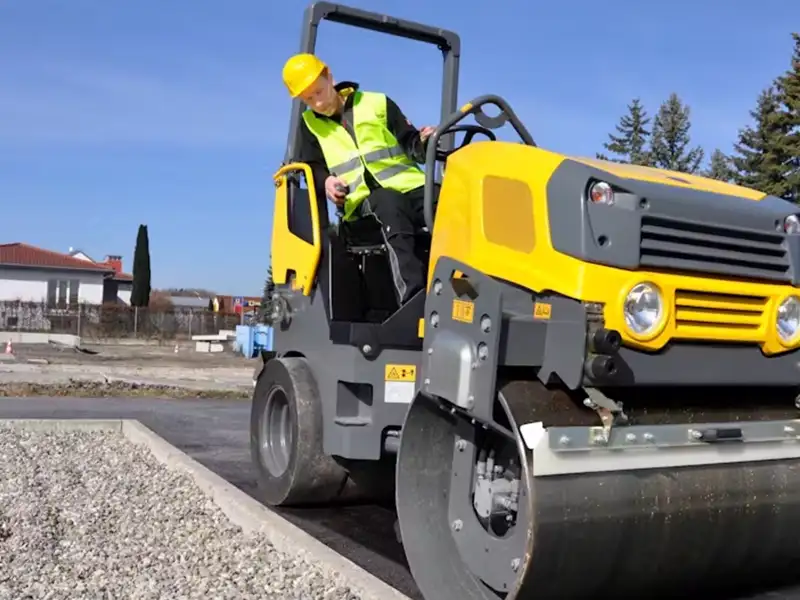
Parking Lots and Driveways
- Compact gravel, crushed stone, and asphalt layers
- Create a level, stable surface for vehicle load
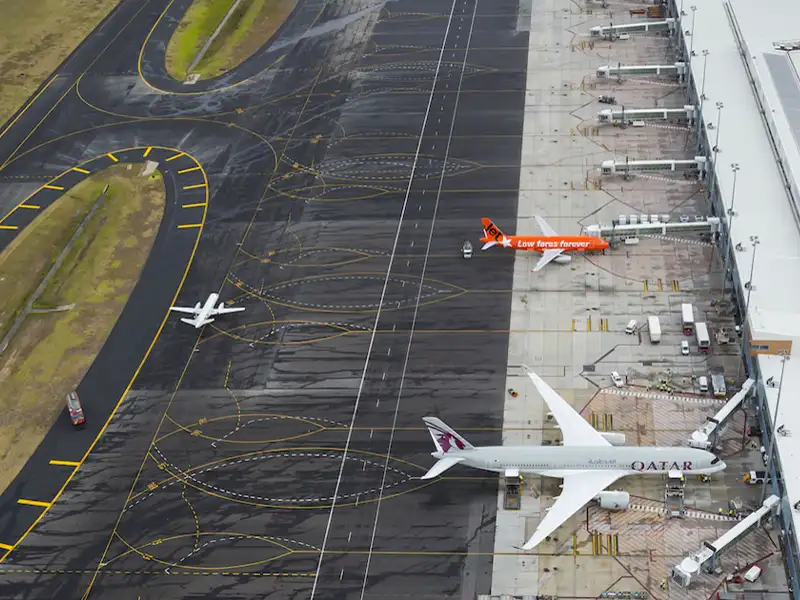
Airport Runways and Taxiways
- Achieve smooth, dense asphalt surfaces
- Ensure safety and performance under heavy aircraft loads
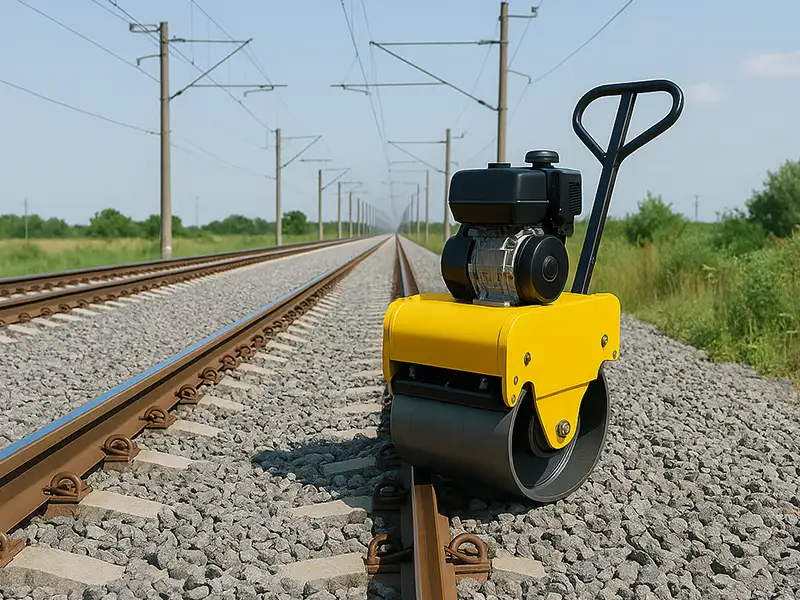
Railway Track Beds
- Compact ballast and sub-base layers
- Maintain track alignment and reduce maintenance frequency
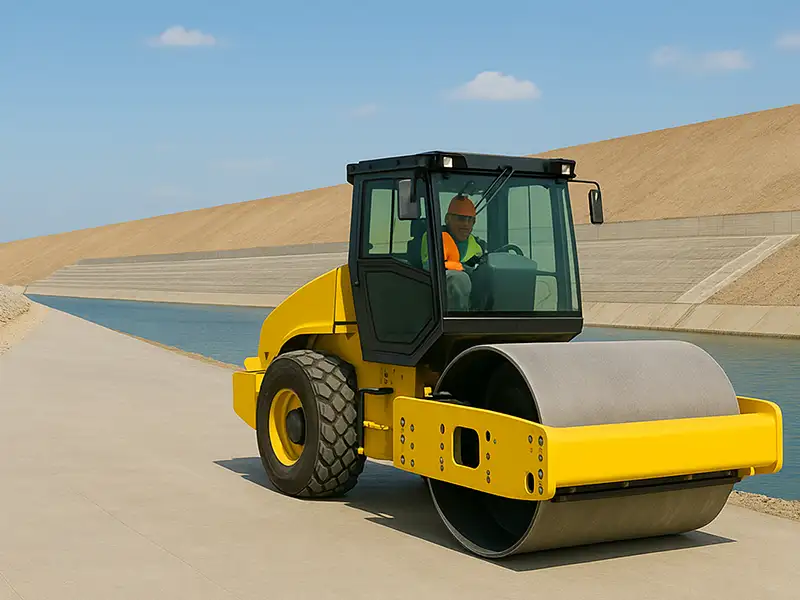
Dam and Canal Construction
- Compact roller-compacted concrete (RCC) and embankments
- Ensure structural integrity under hydraulic pressure
FAQ
What types of road rollers are there?
Common types include single drum, tandem, pneumatic tire, static, vibratory, and walk-behind rollers for various applications.
How does a road roller work?
It uses weight and/or vibration to compress materials by rolling over them repeatedly.
What is compaction force or ‘exciting force’?
It's the force generated (in kN) by the roller’s vibrating mechanism to increase compaction efficiency.
What fuel types do road rollers use?
Commonly diesel, but small walk-behind models may use gasoline engines.
What’s the typical operating speed of a road roller?
Usually ranges from 1–10 km/h depending on the roller type and model.
Can road rollers compact wet soil?
Lightly moist soil is ideal, but overly wet soil can cause poor compaction.

